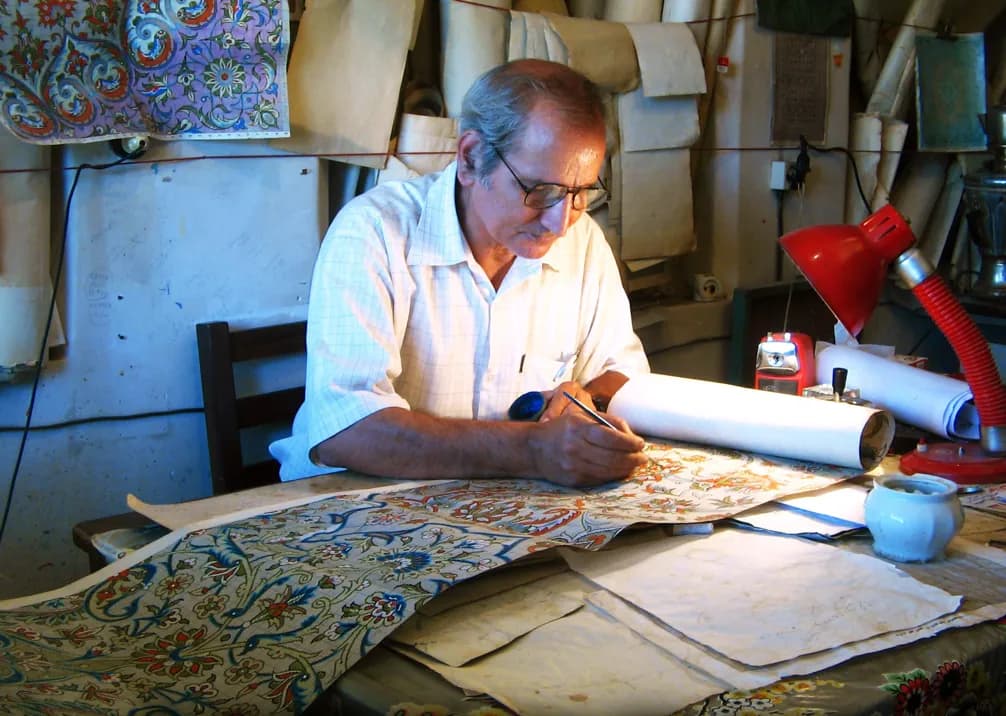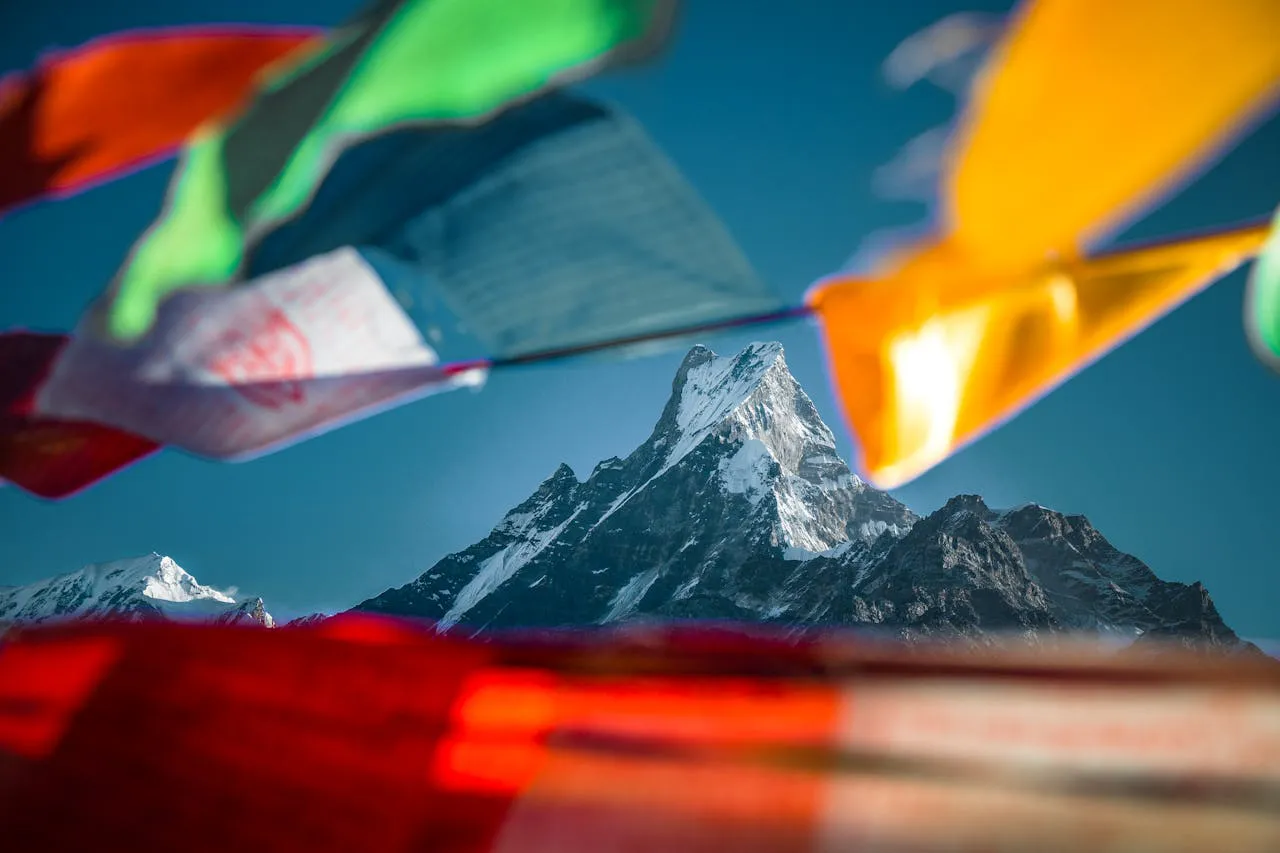Kathmandu carpets, crafted in Nepal's bustling capital, represent the pinnacle of the country's carpet-making tradition. These urban workshops have become internationally renowned for their innovative fusion of contemporary design with ancient techniques, particularly since establishing themselves as creative hubs in the 1960s.
The artisans of Kathmandu distinguish themselves through their masterful use of high-altitude wool from the Tibetan plateau's most prestigious herds. This premium wool selection, combined with their signature silk blending techniques, creates pieces with an unmistakable sheen and depth unique to the capital's workshops.
The city's cosmopolitan influence is evident in its distinctive color palette, where traditional vegetable dyes meet cutting-edge Swiss pigments. Kathmandu's master dyers are known for pioneering complex color combinations that range from bold metropolitan hues to sophisticated urban neutrals.
Workshop techniques in Kathmandu have evolved to achieve remarkable knot densities of 100 to 150 knots per square inch, setting new standards in the industry. The city's signature handling of the Tibetan knot creates exceptionally refined pieces with a characteristic urban sophistication.
Kathmandu's position as Nepal's creative capital has attracted collaborations with leading international designers, particularly from Europe and America. These partnerships have established the city's workshops as incubators for innovative carpet design, pushing boundaries while respecting traditional techniques.
The capital's weaving heritage draws from centuries-old techniques while embracing modern innovations. Kathmandu's distinctive approach to cotton warp preparation, developed in the city's specialized workshops, ensures superior structural integrity and pattern precision.
The city leads Nepal's environmental initiatives in carpet production, with Kathmandu workshops pioneering eco-friendly practices and sustainable manufacturing processes. These urban studios are at the forefront of implementing green technologies in the industry.
The sophistication of Kathmandu-made carpets makes them particularly sought after for luxury urban projects and high-end residential installations. Their refined aesthetic reflects the city's unique position as a bridge between traditional Himalayan craftsmanship and contemporary global design.
The limited production capacity of Kathmandu's specialized workshops adds to these carpets' exclusivity and investment value. Each piece represents the capital's highest standards of artistry and innovation in carpet making.
Kathmandu's workshops excel in creating both intimate pieces for luxury apartments and grand carpets for significant architectural projects, with the city's master weavers particularly renowned for their execution of complex custom commissions.
















